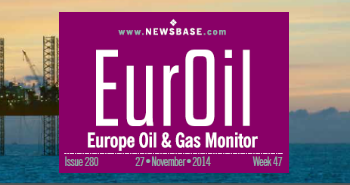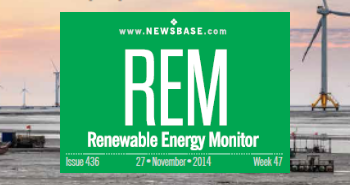Equinor scales back climate ambitions

Norway’s Equinor has scaled back its energy transition ambitions as it faces mounting challenges in meeting renewable investment targets, blaming rising costs, supply chain issues and changing political priorities.
The oil and gas producer had outlined a roadmap in 2022 to reach net zero emissions by 2050, including those from the use of its products. But in February, it dropped a key pledge to allocate more than 50% of its gross capital expenditure to renewables and low-carbon technologies by 2030.
“The energy transition has started, but the opportunity set for high-value growth is more limited than we had anticipated,” Equinor CEO Anders Opedal said on March 20.
Opedal cited delays in regulatory frameworks, higher costs, and a geopolitical shift that is seeing increased public spending on defence, limiting funding available for climate initiatives. “Due to the geopolitical tension, public spending on defence will increase, leaving less funding available for the energy transition,” he said.
Equinor has also trimmed its target for installed renewable capacity to 10-12 GW by 2030, down from an earlier range of 12-16 GW.
The move follows a broader trend among European oil majors. BP and Shell have also scaled back or abandoned plans to expand their renewables and low-carbon portfolios in favour of more traditional energy assets, in the wake of the 2022-23 energy crisis which has led to increased policy focus on energy security and affordability over sustainability.
While some shareholders have supported the pivot, others have expressed concern. UK-based investor Sarasin & Partners exited its Equinor stake earlier this year.
Despite the rollback, Equinor is sticking to its overarching net zero goal by 2050 and maintaining its interim target to halve operational emissions by 2030 from 2015 levels. However, it has lowered its carbon intensity reduction targets – now aiming for a 15-20% cut by 2030, down from 20%, and 30-40% by 2035, down from 40%.
Carbon intensity measures greenhouse gas emissions per unit of activity and is considered a key benchmark in evaluating climate performance.
The net carbon intensity of energy that Equinor produces, covering Scope 1, 2 and 3 emissions, was 2% lower in 2024 than the baseline level in 2019, the company reported. This was primarily owing to a reduction in Scope 1 and 2 emissions, which have fallen 34% by 2015. Scope 3 emissions, relating to the combustion of oil and gas, typically account for 90-95% of an oil company’s emissions, and are difficult to manage unless through carbon offsetting, as these emissions are beyond the direct control of the company.
Equinor’s average upstream CO2 intensity across its operated portfolio came to 6.2 kg of CO2 per barrel of oil equivalent (boe), down from 6.7 kg in 2023.



Follow us online